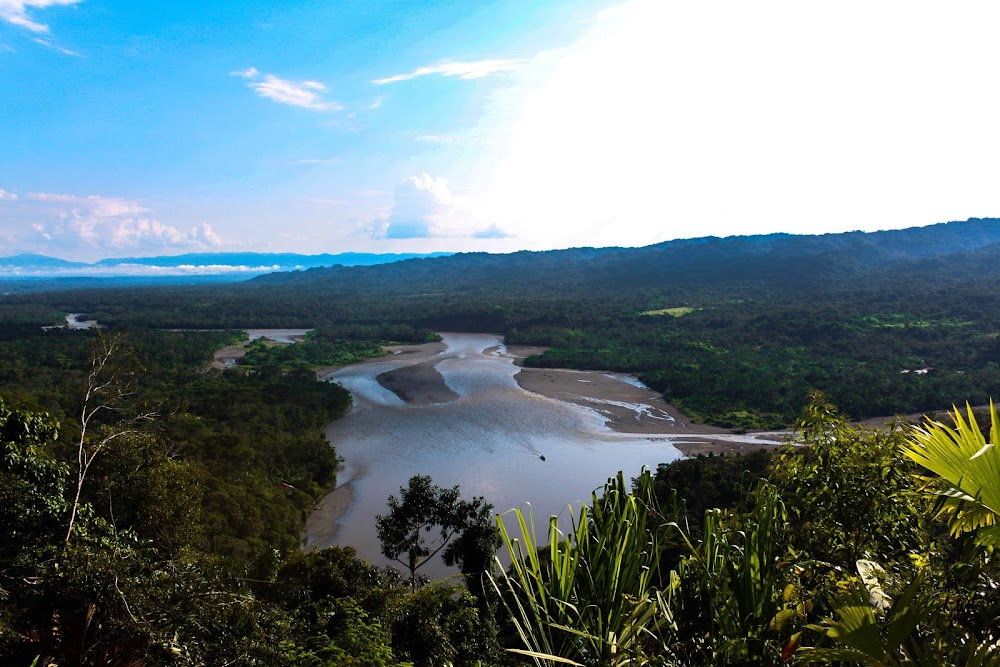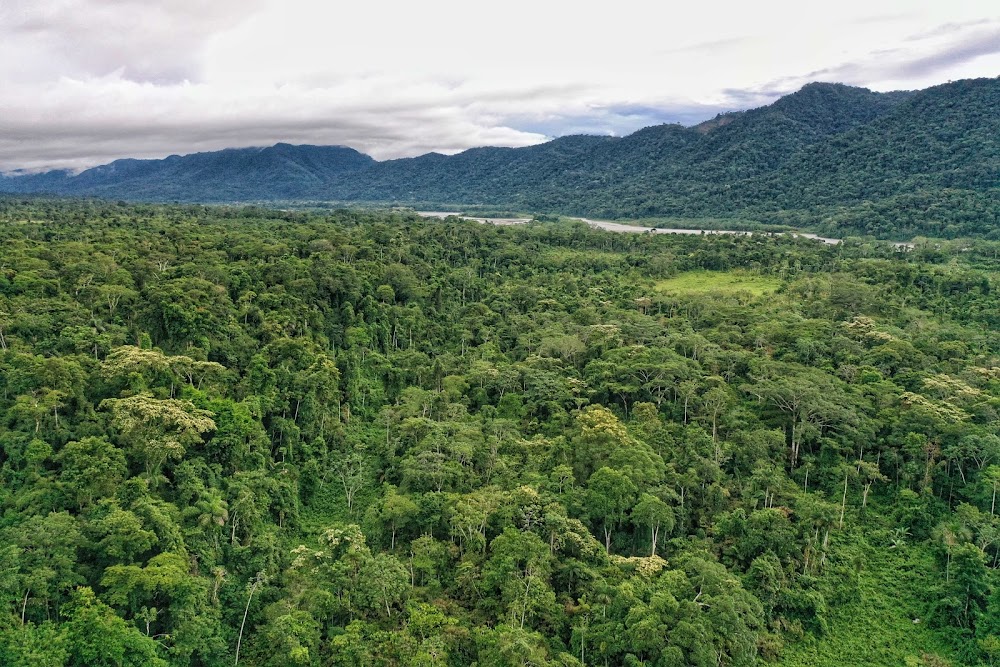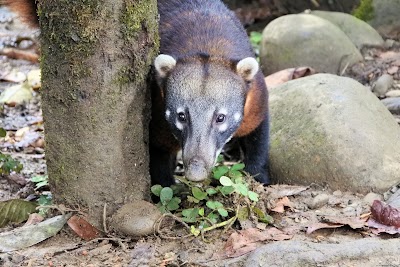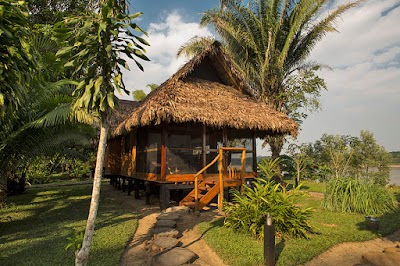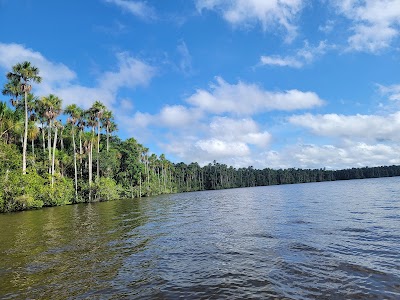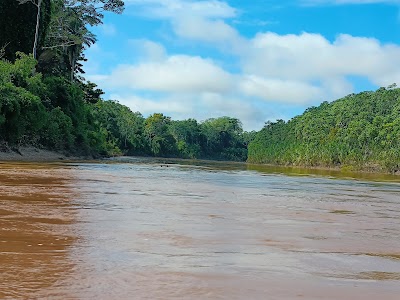Manu National Park (Parque Nacional del Manu)
Overview
Discover Manu National Park
Parque Nacional del Manu, or Manu National Park, is a breathtaking natural gem nestled in the Madre de Dios region of Peru. Established on May 29, 1973, this remarkable park was created to safeguard the stunning biodiversity of both the Amazon rainforest and the Andean forests. Spanning an impressive 1.5 million hectares, it stands as one of the largest and most diverse protected areas in the world, offering visitors a glimpse into one of nature's most vibrant ecosystems.
Zones of Protection
Manu National Park is organized into three distinct zones: the core zone, reserved zone, and cultural zone. The core zone is a strictly protected area reserved for scientific research, ensuring that its pristine environment remains untouched. The reserved zone allows for controlled eco-tourism activities, helping to fund conservation efforts while providing visitors with a chance to experience the park’s wonders. Finally, the cultural zone is home to indigenous communities that have coexisted harmoniously with the forest for centuries, enriching the park's cultural tapestry.
A Response to Environmental Threats
The establishment of Manu National Park was a proactive response to growing threats from logging, mining, and agricultural expansion. Recognizing the park's global significance as a biodiversity hotspot, the Peruvian government, with the aid of scientific research, took essential steps to protect this unique environment. In 1987, UNESCO designated Manu as a World Heritage Site, further underscoring its importance on the international stage.
Diverse Ecosystems and Wildlife
Manu National Park boasts an incredible range of ecosystems, from lush lowland tropical rainforests to misty high-altitude cloud forests. This remarkable diversity supports a staggering array of wildlife—over 1,000 bird species, 200 mammal species, and countless reptiles, amphibians, and insects. Notable inhabitants include majestic jaguars, playful giant otters, powerful harpy eagles, and vibrant macaws, making it a paradise for nature lovers and wildlife enthusiasts alike.
Minimal Impact Infrastructure
To preserve its natural beauty, infrastructure within Manu National Park is kept to a minimum. Access is primarily via boat along the serene Manu River, where visitors can find basic lodges and campsites. Thoughtfully designed trails and observation towers blend seamlessly with the environment, allowing tourists to immerse themselves in the park's splendor while minimizing their ecological footprint.
Indigenous Stewardship
The role of local communities is crucial in the stewardship of Manu National Park. Indigenous groups like the Matsigenka, Yine, and Harakmbut possess invaluable traditional knowledge that aids in sustainable management practices. Park authorities collaborate with these communities, ensuring their rights are respected and involving them in eco-tourism, research, and conservation initiatives. This partnership has not only created employment opportunities but also fostered a deep sense of ownership over the preservation efforts.
Experience the Wonders of Manu
A visit to Manu National Park offers a unique opportunity to witness pristine ecosystems that remain largely untouched by modern civilization. Local tour guides, often from nearby communities, share their expertise about the region’s flora and fauna, ensuring that eco-tourism supports both conservation and local livelihoods.
A Testament to Peru's Commitment
In summary, Manu National Park is a sanctuary of natural beauty and biodiversity, standing as a testament to Peru's dedication to preserving its rich natural heritage for future generations. Through sustainable conservation practices, responsible tourism, and local community involvement, this park continues to be a vital refuge for countless species and a source of awe for all who venture into its depths.


